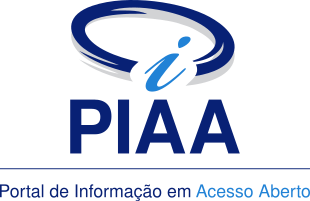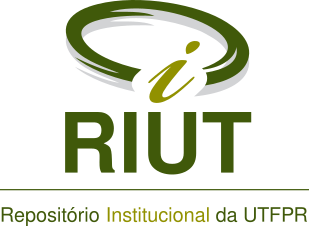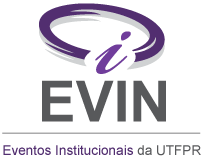UV-Vis spectrum fingerprinting and chemometric method in the evaluation of extra virgin olive oil adulteration and fraud.
Resumo
This study aimed to propose a methodology to search for fraud and adulteration in extra virgin olive oil, since an increasing number of edible oil products have being adulterated its labels and consequently adding value to its fake product. The analysis of these frauds is of mutual interest of both manufacturers of products of assured quality and consumers, and has attracted the attention of researchers, which has been presenting many methods for this purpose. The use of UV-Visible (UV-Vis) spectroscopy is still small due to the low selectivity of the technique, however, the use of chemometric methods such as the supervised classification method of Partial Least Squares with Discriminant Analysis (PLS-DA ) can provide selectivity to discriminate contaminated or adulterated samples and help in fraud control products with high added value, such as extra virgin olive oil method.
DOI: 10.14685/rebrapa.v5i2.170
Palavras-chave
Texto completo:
PDFDOI: 10.14685/rebrapa.v5i2.170
Apontamentos
- Não há apontamentos.
Direitos autorais





